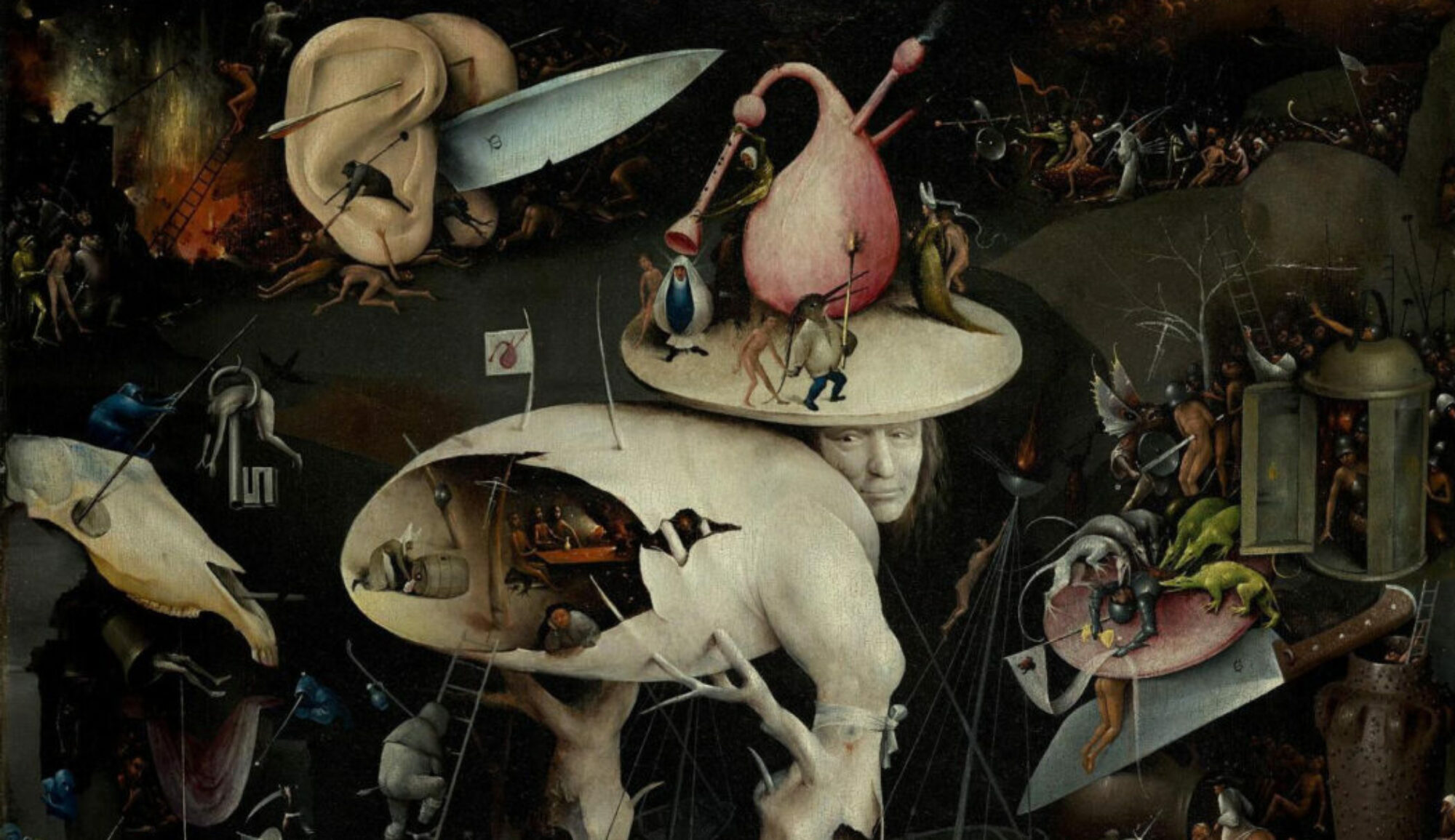- The name of the institution, the title of the exhibition, the name of the curator(s), and any other information salient to the production and presentation of the exhibition as a whole – The Institution is the British Museum, the Title of the exhibition is “Boneparte and the Battle of Waterloo”, the credited creators are Sheila O’Connell, Tim Clayton and the British Museum
- A description of the objects/artifacts/items that comprise the exhibition and an account of their layout/presentation within the exhibition space. – The digital exhibit contains a various number of paintings, and political cartoons/propaganda pamphlets. the layouts for the images provided are in a descending order, where they show the images then give a description of what the image is about and how it ties in with Napoleons battle at Waterloo.
- A description of the use of digital technology. Does it include interactives in the space? Digital media pieces? QR codes to access additional information? Etc. – the images are digitally archived, but on the website, you can zoom in and analyze the paintings and political cartoons/propaganda pamphlets.
- An analysis of the thesis/central argument and/or the historical interpretation of the exhibition. What contribution did the curator(s) hope the exhibition would make? What is its purpose? Does the exhibition offer a new interpretation of the objects or materials displayed? – the Historical interpretation is the telling of the story of Bonapartes defeat at the battle of waterloo, through the lens of the time period, the use of paintings, and propaganda pamphlets/ political cartoons from the time period is a great use of primary sources. this is actually pretty similar to what I want to do with my website project.
- A discussion on who you believe the target audience is. – the target audience is art historians who can see the usage of art in the telling of the story of the Battle of Waterloo.
- An analysis of the challenges faced by the curator(s) or institution in the creation and realization of the exhibition. Do you think this was a difficult project to realize? What sort of choices or risks might have been involved, and what contingent factors (budget, time, loan expenses, etc.) might have affected the outcome of the exhibition? – I don’t think this project was something difficult to realize, the project used images from the time period (primary sources) to tell the story of the battle of waterloo. this project was not rocket science.
- Your evaluation of the exhibition as a whole. Does the exhibition achieve its stated objectives? What questions or issues does it leave unresolved? This is not necessarily a matter of “yes” or “no.” You may conclude that the exhibition was more successful in some respects than others. – the Exhibition did exactly what it set out to do and that was to tell the story of Bonaparte and the Battle of Waterloo, using the paintings, political cartoons, and propaganda pamphlets from the time period. On a personal note, I would have preferred the broader context for the time period, like the end of the French revolution, the Napoleonic war, and a bit more of the aftermath. this is just me being a bit picky and the exhibit as a whole is actually quite good.

Just another WordPress site